Archives
- 2025-10
- 2025-09
- 2025-04
- 2025-03
- 2025-02
- 2025-01
- 2024-12
- 2024-11
- 2024-10
- 2024-09
- 2024-08
- 2024-07
- 2024-06
- 2024-05
- 2024-04
- 2024-03
- 2024-02
- 2024-01
- 2023-12
- 2023-11
- 2023-10
- 2023-09
- 2023-08
- 2023-07
- 2023-06
- 2023-05
- 2023-04
- 2023-03
- 2023-02
- 2023-01
- 2022-12
- 2022-11
- 2022-10
- 2022-09
- 2022-08
- 2022-07
- 2022-06
- 2022-05
- 2022-04
- 2022-03
- 2022-02
- 2022-01
- 2021-12
- 2021-11
- 2021-10
- 2021-09
- 2021-08
- 2021-07
- 2021-06
- 2021-05
- 2021-04
- 2021-03
- 2021-02
- 2021-01
- 2020-12
- 2020-11
- 2020-10
- 2020-09
- 2020-08
- 2020-07
- 2020-06
- 2020-05
- 2020-04
- 2020-03
- 2020-02
- 2020-01
- 2019-12
- 2019-11
- 2019-10
- 2019-09
- 2019-08
- 2019-07
- 2019-06
- 2019-05
- 2019-04
- 2018-07
-
Since the number of peptides hydrolized by PEP
2019-11-06
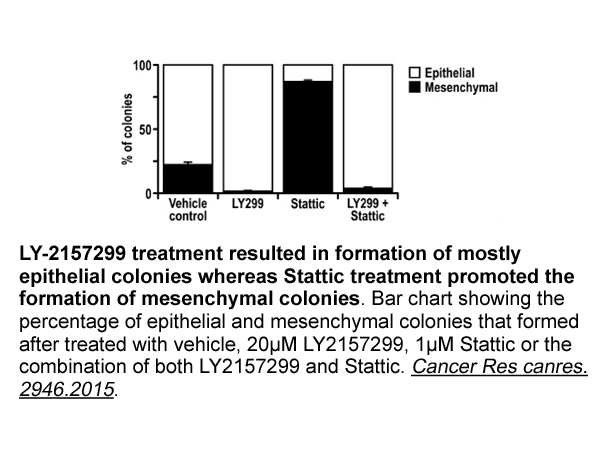
Since the number of peptides hydrolized by PEP is quite large, it is not easy to relate the increase of enzymatic activity with the altered changes of a concrete peptide. However, it is noticeable that imbalances of several natural substrates of PEP [6], such as angiotensins, bradykinin, vasopressin
-
In the context of E
2019-11-06
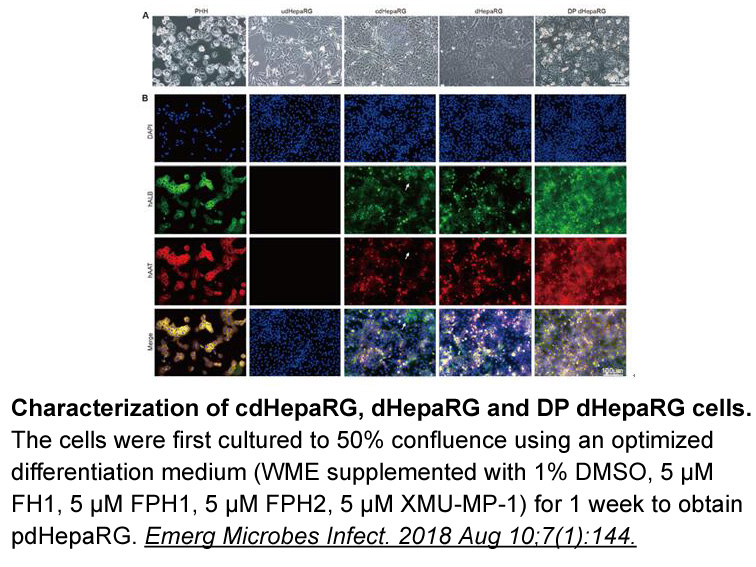
In the context of E3 ligase drug discovery, it is critical to identify the appropriate E2/E3 substrate pairing to ensure the development and use of the most physiologically relevant screening assay. There have been many reports of limited E2/E3 activity profiling with a small number of E2 and E3 emc
-
aminoisobutyric acid BAIBA is a natural catabolite of the
2019-11-06
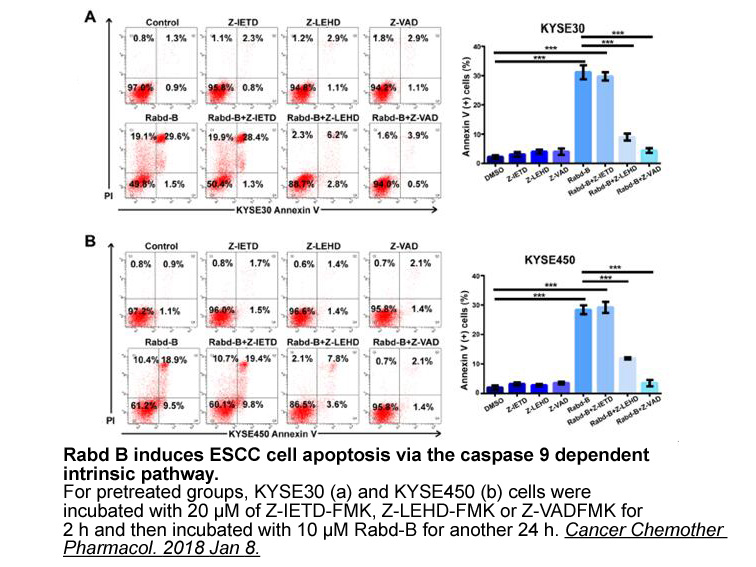
β-aminoisobutyric GKT137831 (BAIBA) is a natural catabolite of the branched-chain amino acid thymine. BAIBA was recently found to reduce inflammation in skeletal muscle via the AMP-activated protein kinase (AMPK)-peroxisome proliferator-activated receptor (PPAR)δ signaling pathway. BAIBA reportedly
-
Ubiquitin activating enzyme activates ubiquitin by
2019-11-05
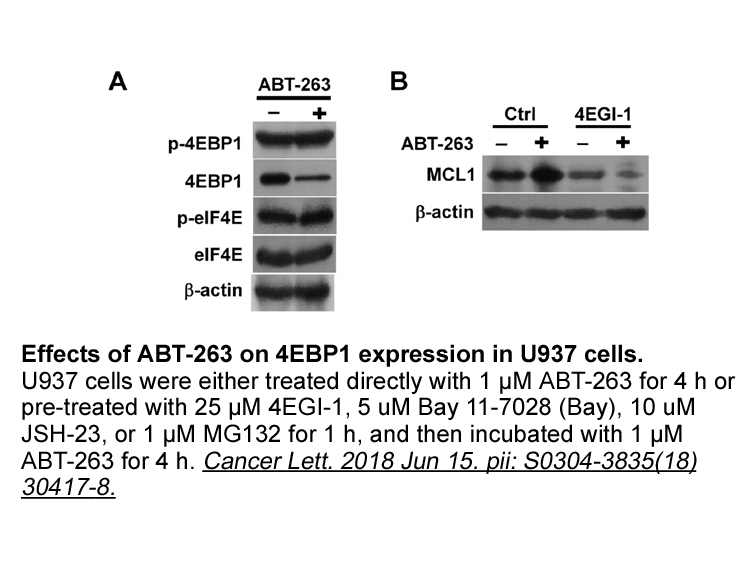
Ubiquitin-activating enzyme activates ubiquitin by a three-step process with ATP as a cofactor (Chen et al., 2011, Haas and Rose, 1982, Haas et al., 1982). We demonstrated that ATP is required for mRFP-Ub–E1 formation under non-reducing conditions (Fig. 2A). A time course of radioactive ATP producti
-
Increased levels of PCNA monoubiquitination by UbL P express
2019-11-05

Increased levels of PCNA monoubiquitination by UbL73P expression in a damage-independent manner mimics the phenotype observed for USP1 knockdown (Huang et al., 2006, Jones et al., 2012). USP1 is the only DUB to date shown to remove ubiquitin from PCNA in vivo. This finding reveals the highly dynamic
-
DNA hypomethylation has been found in liver tumor
2019-11-05
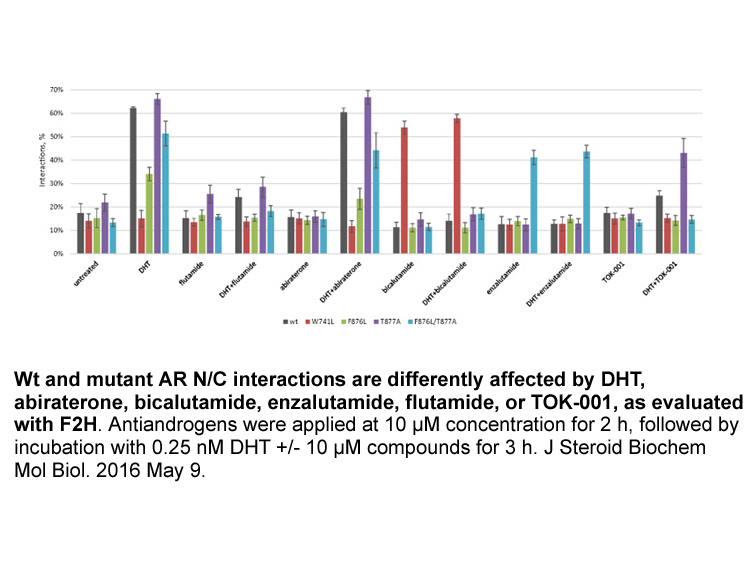
DNA hypomethylation has been found in liver tumor and other tumors of humans, such as laryngeal cancer, KT203 tumors, tongue squamous cell carcinoma and uterine leiomyomas [[20], [21], [22], [23], [24]]. Then, we mainly sought to confirm whether TCA could induce DNA hypomethylation in vitro and the
-
Nevertheless because of the preclinical work and the interfe
2019-11-05
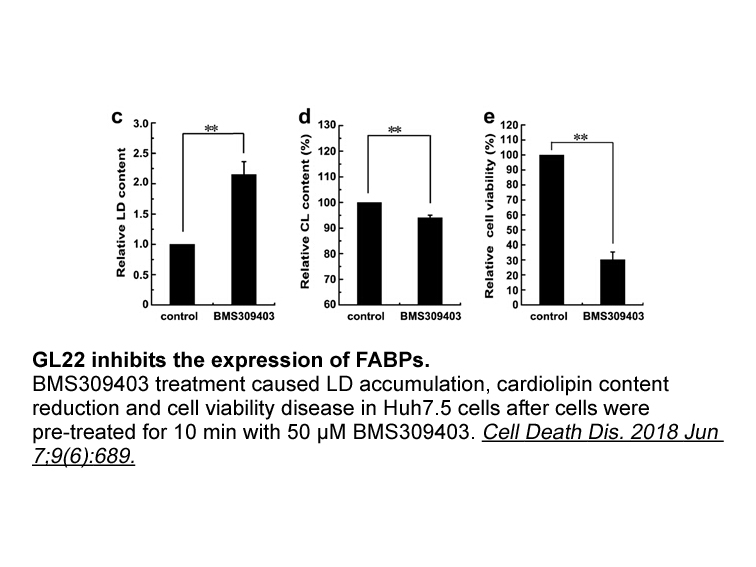
Nevertheless, because of the preclinical work and the interference with EWS–FLI1 transcriptional activity, we believe that there may be a role for ET-743 in Ewing sarcoma. An analysis of the pharmacokinetic data published in the phase II clinical trial shows that at most the drug spent 5 to 6days ou
-
br Activatable MRI probes MRI is commonly used
2019-11-05
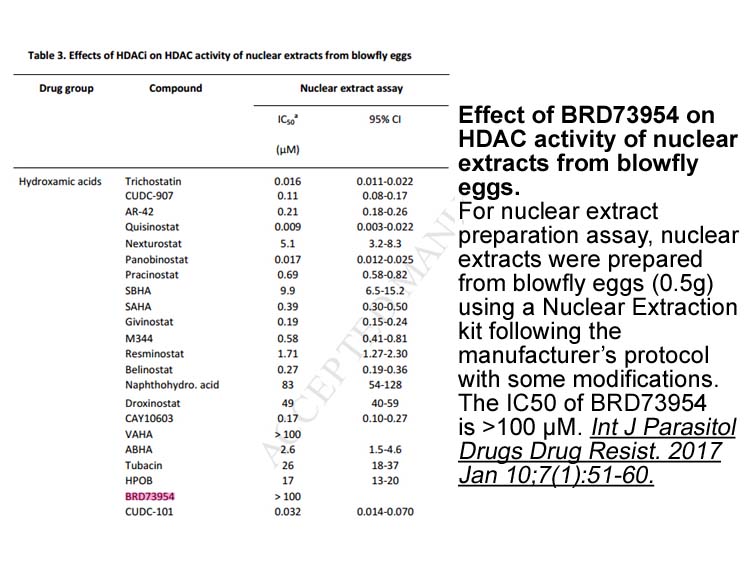
Activatable MRI probes MRI is commonly used in clinics around the world and has the advantages of outstanding tissue-penetration depth and extremely high spatial resolution for in vivo imaging [33]. MRI has relatively poor sensitivity and usually requires than agents to enhance the imaging contra
-
br Materials and methods br Results
2019-11-05
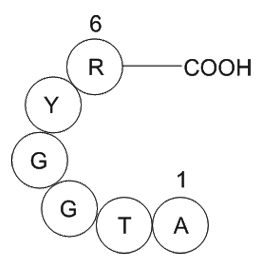
Materials and methods Results and discussion Summary Acknowledgments We thank Muhammad Anwar for animal rearing and surgery. We also thank Michael M. Myers for editing. Finally, we thank David Hirschberg for his technical advice. Funding for this project was provided by the Einhorn Famil
-
Thus DGK active sites remain
2019-11-05
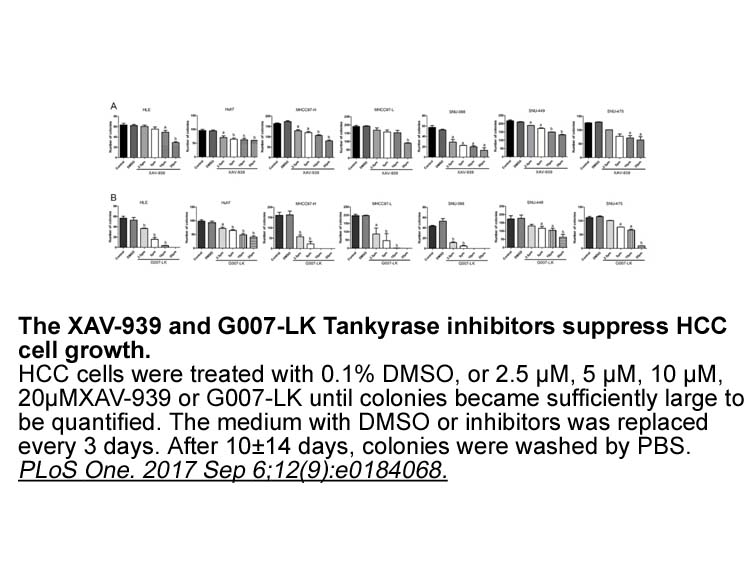
Thus, DGK-active sites remain ill-defined and, combined with the lack of crystal structures for mammalian DGKs, have limited our understanding of substrate and inhibitor binding. As a result, current DGK inhibitors consist of compounds with poor specificity within the DGK superfamily (de Chaffoy de
-
Several studies on the collagen receptor DDR have
2019-11-05
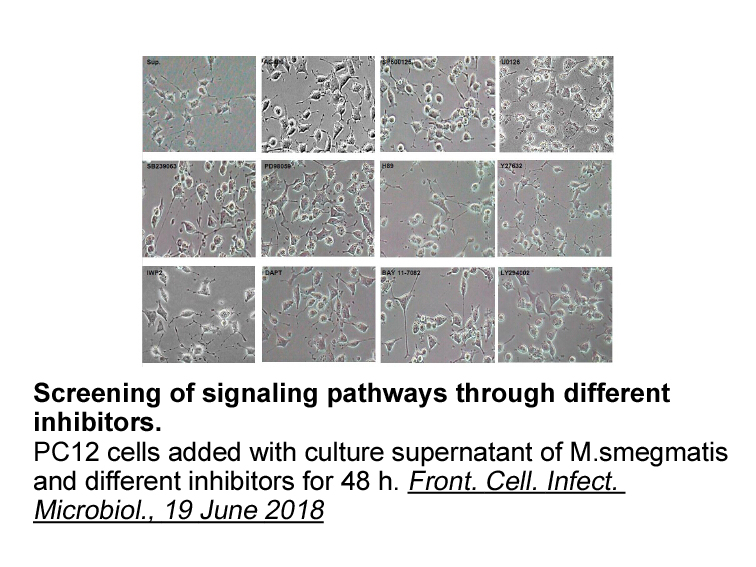
Several studies on the collagen receptor DDR1 have revealed a defined collagen signaling pathway that causes cell scattering and cadherin switching. As mentioned earlier, DDR Mycophenolic acid on collagens are distinct from integrin binding sites; therefore, the same collagen protein can bind to DD
-
br Materials and methods br Acknowledgments This research wa
2019-11-05
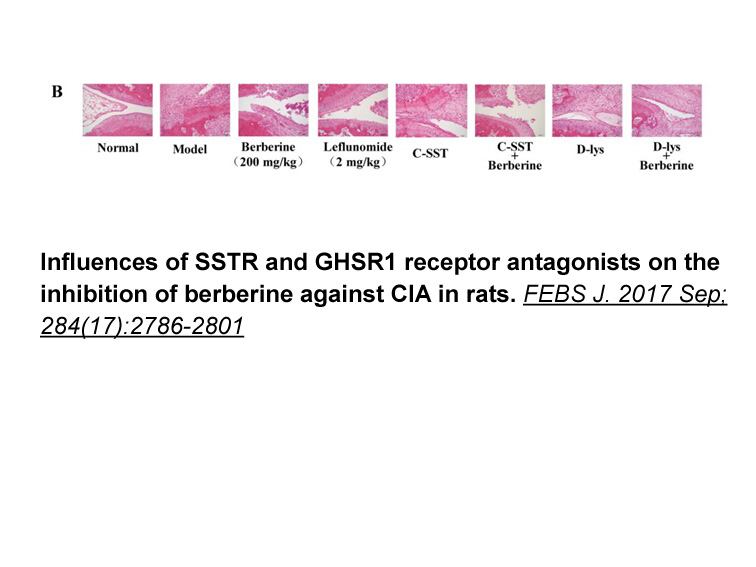
Materials and methods Acknowledgments This research was supported by funding from University of California Irvine to H.U.B. Introduction Oral squamous cell carcinoma (OSCC) is the fourth major cause of mortality among men in Taiwan and its incidence rates continue to rise annually. OSCC is
-
Some of the psychoactive actions of nicotine are
2019-11-04
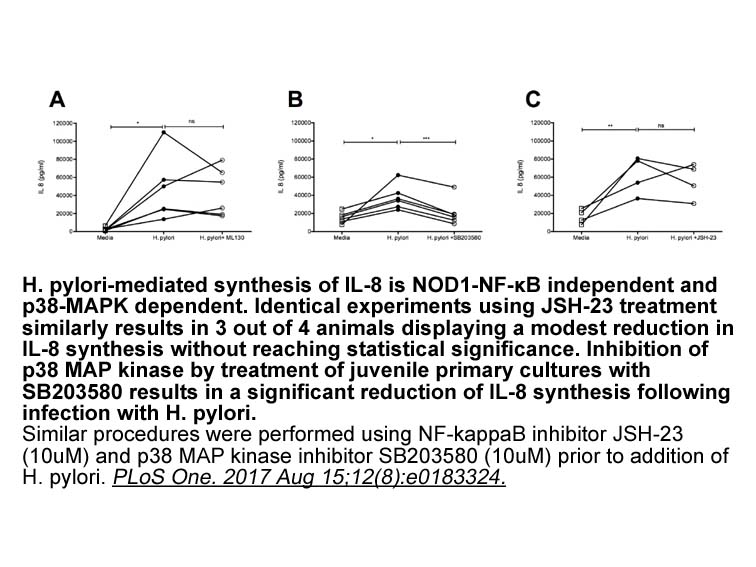
Some of the psychoactive actions of nicotine are mediated by the nigrostriatal and mesolimbic pathways (Di Chiara, 2000, Di Chiara et al., 2004). The nigrostriatal pathway originates in the dopaminergic neurons located in the substantia nigra and terminates in the putamen and nucleus caudatus which
-
Under optimized assay conditions very low concentrations pM
2019-11-04
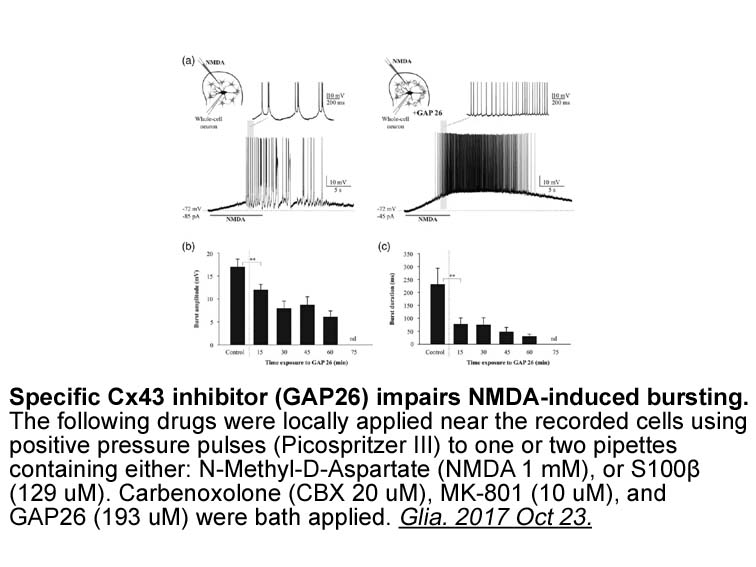
Under optimized assay conditions, very low concentrations (20pM) of [125I]YP20 bound to hCRF1-CHO Histamine Phosphate membranes with high specificity (>95% inhibited by 1μM astressin) and in a membrane protein-dependent manner. Specific binding was selective vs. the hCRF2α subtype because little sp
-
br Conclusions br Source of financial support or funding
2019-11-04

Conclusions Source of financial support or funding This investigation was supported by the University of Utah Study Design and Biostatistics Center, with funding in part from the National Center for Research Resources and the National Center for Advancing Translational Sciences, National Insti
16232 records 973/1083 page Previous Next First page 上5页 971972973974975 下5页 Last page